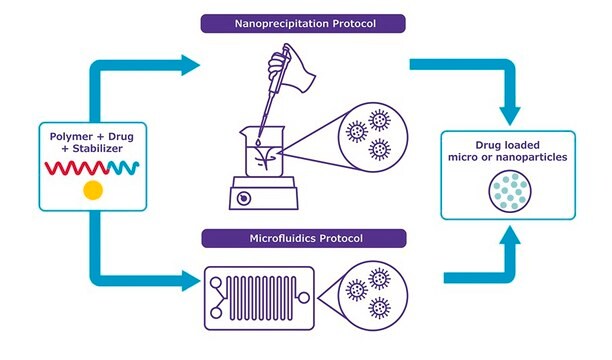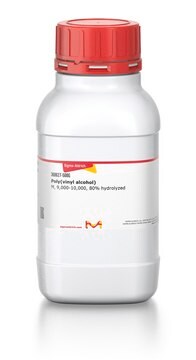Kluczowe dokumenty
911429
Poly(ethylene glycol) methyl ether-block-poly(lactide-co-glycolide)
PEG average Mn 5,000, PLGA average Mn 5,000, lactide:glycolide 80:20
Synonim(y):
PEG-PLGA, PEG5K-PLGA5K, Polyethylene glycol, mPEG-b-PLGA
About This Item
Polecane produkty
Postać
powder
proporcje
lactide:glycolide 80:20
masa cząsteczkowa
PEG average Mn 5,000 (by NMR)
PLGA average Mn 5,000 (by NMR)
zanieczyszczenia
≤500 ppm (GC)
kolor
white
temp. przechowywania
−20°C
Szukasz podobnych produktów? Odwiedź Przewodnik dotyczący porównywania produktów
Zastosowanie
Kod klasy składowania
11 - Combustible Solids
Klasa zagrożenia wodnego (WGK)
WGK 3
Temperatura zapłonu (°F)
Not applicable
Temperatura zapłonu (°C)
Not applicable
Wybierz jedną z najnowszych wersji:
Certyfikaty analizy (CoA)
Przepraszamy, ale COA dla tego produktu nie jest aktualnie dostępny online.
Proszę o kontakt, jeśli potrzebna jest pomoc Obsługa Klienta
Masz już ten produkt?
Dokumenty związane z niedawno zakupionymi produktami zostały zamieszczone w Bibliotece dokumentów.
Produkty
Profesor Robert K. Prud'homme przedstawia nanoprecypitację błyskawiczną (FNP) do wytwarzania nanocząstek, która jest skalowalnym, szybkim procesem mieszania preparatów nanocząstek.
Nasz zespół naukowców ma doświadczenie we wszystkich obszarach badań, w tym w naukach przyrodniczych, materiałoznawstwie, syntezie chemicznej, chromatografii, analityce i wielu innych dziedzinach.
Skontaktuj się z zespołem ds. pomocy technicznej





